Table of Contents


Dedicated to my mother, Rama Bajpai
Contents
Preface
Why I Wrote This Book
W hy did I want to write this book? It was a question that constantly came to mind as I worked on it. The answer, of course, is deep and complex, and several aspects of it bothered me deeply for many years. That I was from Uttar Pradesh, born in Banaras (Kashi or Varanasi) and brought up in Lucknow, and that I had put behind me a good number of years at work and had grown personally, were good enough reasons for me to look at Indias most politically powerful state, one that has supplied the biggest names and most prominent prime ministers in Indian politics. And that, despite UPs central importance in the Indian scheme of things, in post-Independence India it was still an underdeveloped state, far, far from realizing its full potential for impactful and inclusive socio-political and economic growth. This was puzzling and made me curious about exploring its modern history.
The deep awareness that I am from Uttar Pradesh actually began when I was living outside of it, in one of the most energetic and enigmatic of Indian cities, Mumbai. The journey of this book in fact begins from Mumbai. I had of course never imagined that one day I would land up in this intriguing and charismatic city. But in 2003, I found myself working in Mumbai, setting up part of NDTV Indias operations there.
The initial reason that got me to Mumbai was very painful and very personal. I was working in Delhi at the time but had to keep visiting Mumbai to attend to a family matter. Over time, my visits to the city became more frequent, and I was meeting many more people there. Several of those friendships continue to date.
I met a range of people for various reasons, but the focus remained my family problems and responsibilities. Still, I was subconsciously absorbing the city and its energies. Its atmosphere, its chaos, its traffic and of course the fact that it literally does not sleep at night, which was for me something I had never encountered anywhere in India, all grew on me. Soon I was going to actually live and work in the citywhich was in itself the experience of a lifetime.
But the most interesting and alluring thing I encountered in Mumbai during this tough time was the citys spoken Hindi, the Mumbai Hindi. Later, as I extensively travelled in the state of Maharashtra, I figured that the Mumbaiya Hindi was not only fascinating but unique, as this Hindi was not spoken anywhere else in the state. It was fascinating in many ways because, as popularized by Bollywood, it could be both affectionate and rude as and when it needed to be. It is easily among the most unique flavours of Hindi that can be found anywhere outside the Hindi heartland where I come from, having taken its own routes and means of expression.
Having grown up in Lucknow under the influence of a Hindi and Sanskrit scholar-writer for a mother and many gurus and ustads during my training in the tabla, I was fairly equipped with spoken Hindustani, with the right amalgamation and balance of Hindi and Urdua zabaan spoken in Lukhnauaa style. From there, the transition to Mumbaiya Hindi via Delhis Punjabi Hindi influence was extremely fascinating for me. At the very outset it was clear to me that my adaptability in terms of language would not be exceptionally high. Rather, I would always struggle to get the fluency and pauses at the right junctures when I attempted to speak these other dialects. And it was exactly so. But I simply loved who I was and was very proud of my roots.
Seen through the prism of Mumbai city and society, I was a Bhaiya. This is what hit me hard first during my early days of struggle in the city. Sometimes the word would be thrown at you in a blunt and derogatory manner. And this for me was the turning point of what I like to call thinking UPthinking about UP, where I come from, as my reference point. Many individuals from my state had made noble and laudable contributions to Mumbai city and had achieved great heights in their fields; and the cosmopolitan city of Mumbai had accepted and embraced them in totality. Yet, for scores of people from my state who constituted part of the workforce in the city, eking out their livelihood by means of labour and other blue-collar jobs, deep discomfort and rejection were their lot. My understanding of this pain and conflict was becoming more acute with every visit to the city.
Soon came the turning point in my professional life. NDTV was planning to send some of its key faces to set up its Mumbai operations and the launch was set for April 2003. The office was now well aware that I was, for personal reasons, a regular visitor to the city. There was a big investigative story that my team was already working on, to be broadcast at the launch of the NDTV English and Hindi channels. It happened that an outstanding reporter, Sanjay Singh, in my team had broken the Telgi scam, involving corruption at the highest levels in the police; this fake stamp paper racket shook the entire police hierarchy of Maharashtra at that time. For me, the coverage of this scam entailed many interesting and fascinating stories, but thats for another time.
To come back to thinking UP, something that had already begun to churn in my mind, one of the first few functions I was invited to speak at was a Me Mumbaikar (Im a Mumbaikar, in Marathi) campaign of the Shiv Sena. It was organized by Sanjay Nirupam, a politician originally from Bihar but a Shiv Sainik who had also held an editorial position in the Senas mouthpiece Saamna. (He later moved on from the Shiv Sena to the Congress.) I had barely been a few days in the city in my new avatar at work when a campaign against north Indians swept Mumbai. The north Indians in the city, who constituted an enormous workforce consisting of autorickshaw and taxi drivers and workers in many other capacities, were being accused of taking away opportunities from Maharashtrians. As I was new in the city, at the function I said on a lighter note, I have just moved from the north and I should immediately pack my bags and go back because in all probability I am taking away someones job opportunity! But I did get the sense that this anti-north Indian movement would become a larger issue and not just remain the subject of a seminar.
And it did reach violent proportions and was rightly and widely condemned all over the country, including in Parliament. It was Raj Thackeray who gave it a violent turn, with his men targeting taxi drivers who were from UP and Bihar. And this made for a very ugly tear in the cosmopolitan fabric of Mumbai. The issue was debated across the country. Politicians from UP and Bihar were angry and vocal about what was happening in Mumbai. It was against the basic Indian democratic ethos, which acknowledges that every Indian has the right to live and find work for himself and his family in any part of the country. There could not be any socio-political objections to that, surely.
Though the arguments of the Sena (and later the more violent Maharashtra Navnirman Sena, MNS, which was formed by Raj Thackeray in 2006) were completely unjustified, they did raise many questions in my mind, sending me back to thinking UP. The Maharahstrian politicians held that the city was bursting at the seams with people from outside the state and what it needed from outside were skilled people. So, the divide being created was clearly between skilled and non-skilled; they did not want non-skilled manpower from outside the state. But the reality was that the Sena and MNS had very strong labour unions in the city. So, the states own people constituted the strongest workforce.

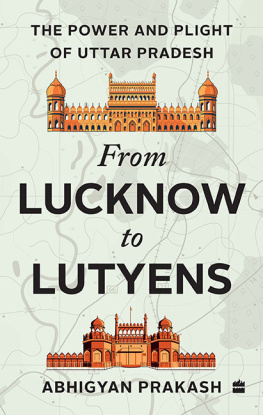


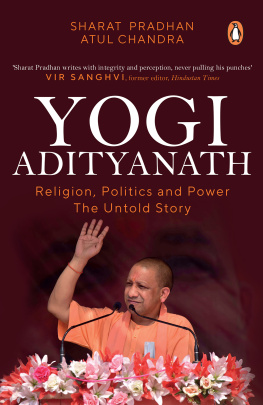

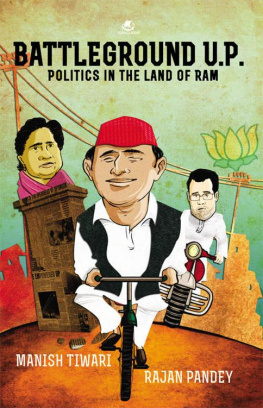
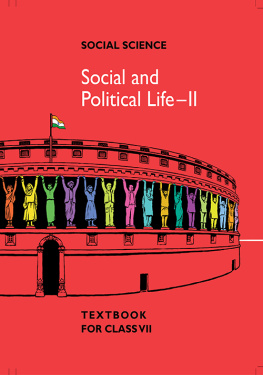

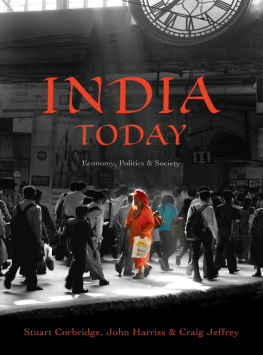
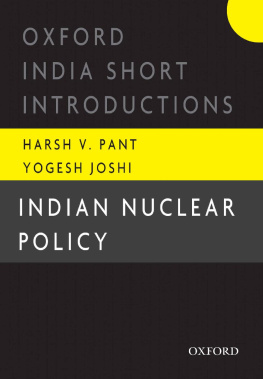

![Keith Bain - Frommers India [2010]](/uploads/posts/book/43617/thumbs/keith-bain-frommer-s-india-2010.jpg)

